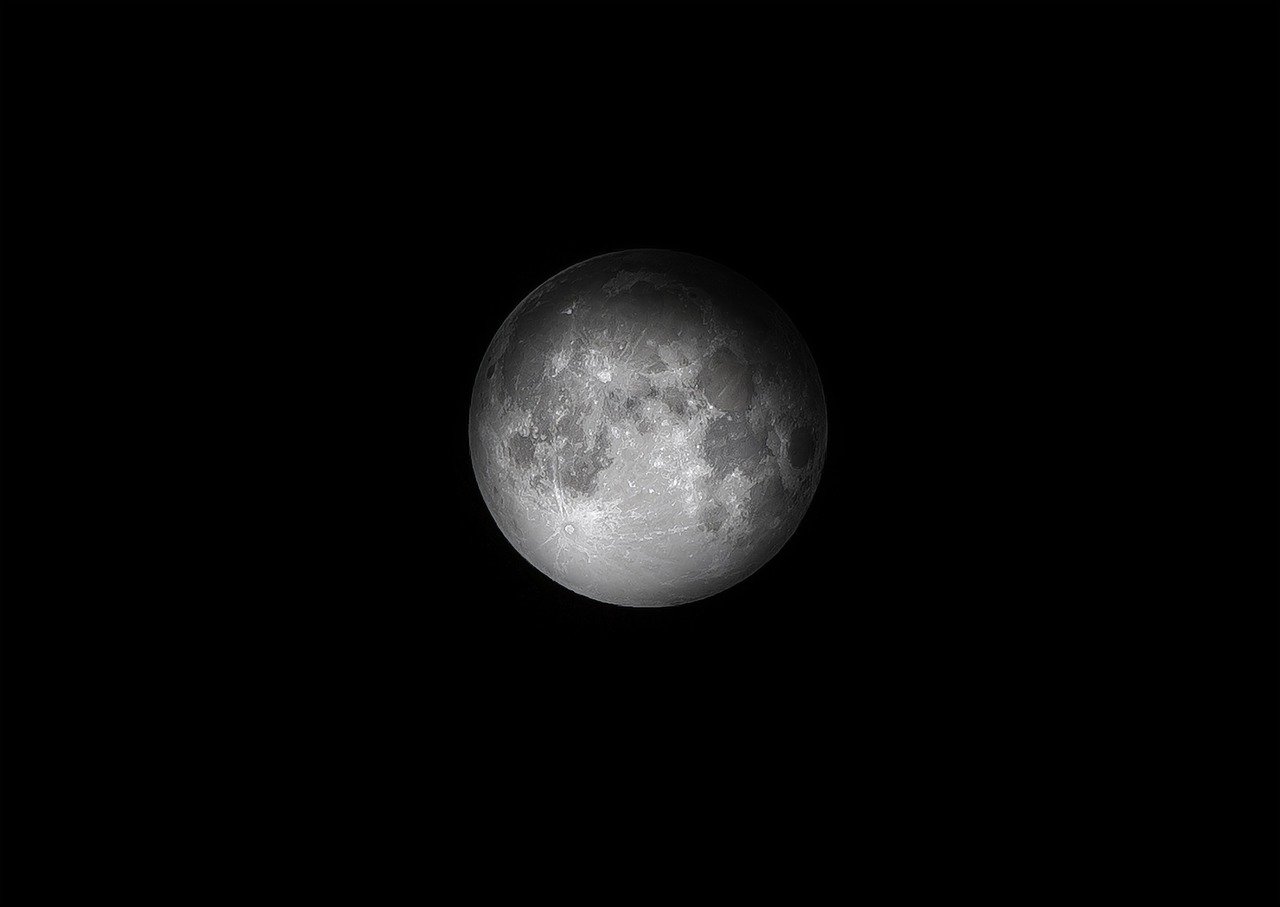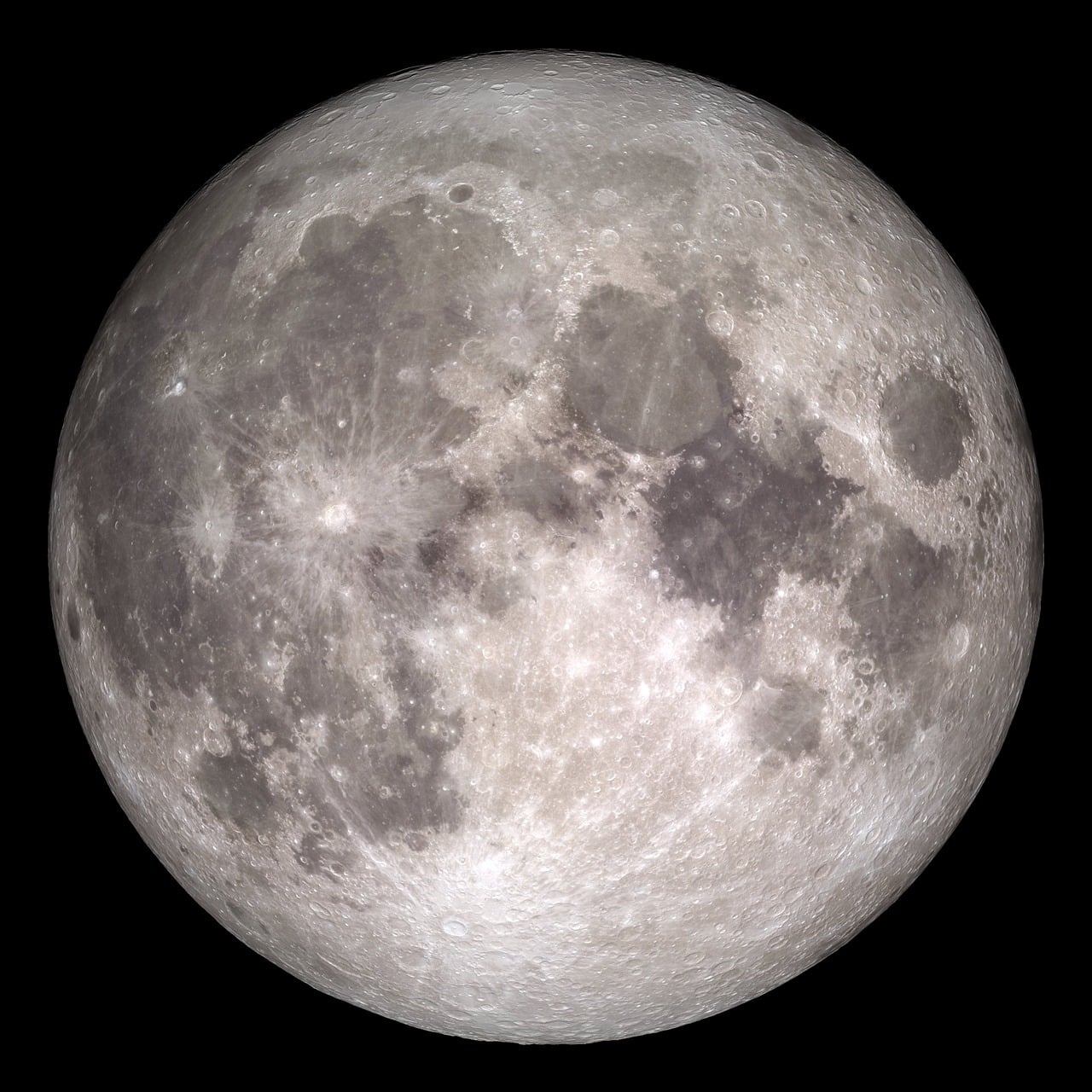
Scientists have been puzzled by the rather strange shape of the moon as observed from its cratered farside, as compared to the open basins that face Earth. A new study gives a detailed explanation to the difference in the moon’s hemispheres and answers to how they could have occurred.
Researchers were studying the moon’s crust and found evidence that the difference in the moon’s hemispheres were likely caused by a wayward dwarf planet which collided with the moon during the early days of the solar system. The new findings were published in AGU’s Journal of Geophysical Research: Planets.
Researchers have been wondering about the two-faced nature of the moon ever since the Apollo missions that marked some of the biggest achievements in space exploration. Measurements that were conducted by the Gravity Recovery and Interior Laboratory (GRAIL) mission in 2012 showed more information about the difference in the moon’s hemispheres, including the measurements of the moon’s crust which reveal that the crust is thicker and has a layer of additional material on its far side.
“The detailed gravity data obtained by GRAIL has given new insight into the structure of the lunar crust underneath the surface,” Meng Hua Zhu of the Space Science Institute at Macau University of Science and Technology and lead author of the new study said in a statement.
The new findings helped Zhu’s team to focus on the information and create computer simulations which would show the possible impact scenarios to the moon during the early days of the universe. The team ran 360 computer simulations which showed possible impacts on the lunar surface.
The best fit that corresponds to the difference in the moon’s hemisphere is a larger body measuring about 480 miles in diameter, that smashed into the nearside of the moon traveling at a speed of 14,000 miles per hour. That object could likely be smaller than the dwarf planet Ceres. Researchers also suggested another object which measured 450 miles in diameter, but hitting faster at 15,000 miles per hour. The impact would have created large amounts of debris that would have fallen back onto the Moon’s surface which could be the explanation of the extra layer on the farside of the moon.
Also, the study rules out the possibility of the impactor being a potential second moon of our planet. However, whatever that body was, it was likely in its own orbit when it collided with the moon.
“This is a paper that will be very provocative,” said Steve Hauck, a professor of planetary geodynamics at Case Western Reserve University and Editor-in-Chief of the JGR: Planets. “Understanding the origin of the differences between the nearside and the farside of the Moon is a fundamental issue in lunar science. Indeed, several planets have hemispherical dichotomies, yet for the Moon we have a lot of data to be able to test models and hypotheses with, so the implications of the work could likely be broader than just the Moon.”





